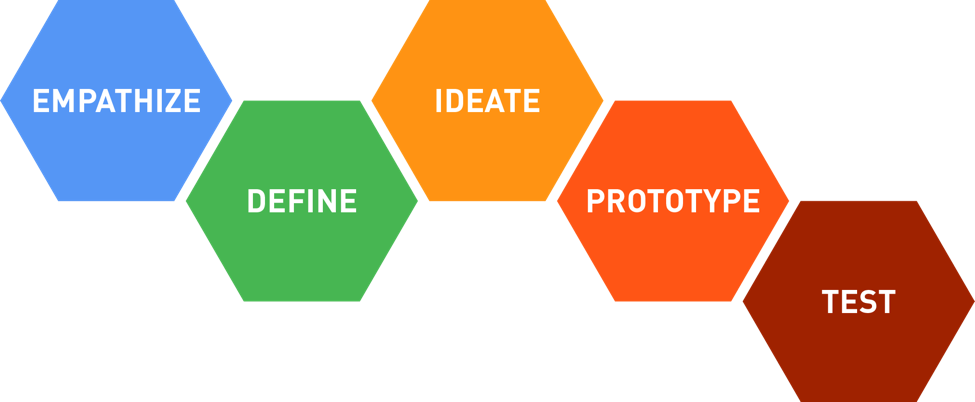Editor’s note: Zach Simmons is the founder of marketingresearch firm Discuss.io, Seattle.

Design thinking is a framework for creative problem solving. It is being used by many of the world’s most innovative thinkers and organizations in order to tackle challenging business problems, especially in innovation.
The diagram above was created by Stanford’s d.school. It is widely used to visualize the design thinking process. Here’s a simple breakdown of each of the steps:
- Empathize with the user in order to understand their experiences and perspectives.
- Define the problem that you want to tackle based on what was articulated by the user in the previous step.
- Ideate lots of potential solutions to address the problem as defined in the previous step. Categorize and triage those ideas.
- Prototype some of those ideas by building low fidelity versions of the solutions.
- Test the prototypes on the users and solicit feedback. Iterate upon these prototypes and repeat process.
At this point, you may be thinking, “This is interesting but why should I care about it?” Here’s why:
The design thinking process is iterative and agile. At two different points in the process (empathize and test), feedback is solicited in order to ensure that the prototypes will resonate with and best serve the end users.
Currently, insights departments at many major brands tend to focus on the test phase at the end of the process. Largely, brands test once there’s a prototype already in the works. Sometimes the rest of these steps are skipped and prototypes are created built on assumptions about the users (read: consumers). This applies to both products and campaigns. Ultimately, the purpose of conducting this research is to increase the likelihood of success when products go to market and campaigns are launched.
Many multinational brands are starting to adopt the design thinking methodology and move that creation of empathy earlier in the process. Some are creating specific consumer empathy programs within their organizations. In doing so, they’re opening up a whole new channel to understanding consumers. While an organization may not explicitly call what they are doing design thinking, they are leveraging one of the principles of the framework, as outlined by the empathize step.
By using an agile framework to empathize with consumers, brands are able to create solutions and products that are explicitly consumer-centric. Empathy starts when brands have a conversation with consumers. When brands democratize the empathy-building process across their organization and engage not only insights teams, but marketing and R&D as well, the whole organization is put in a position to become aligned with consumer wants and needs.
Empathetic brands will experience more engaged and loyal customers, as well as more effective, profitable business growth.
